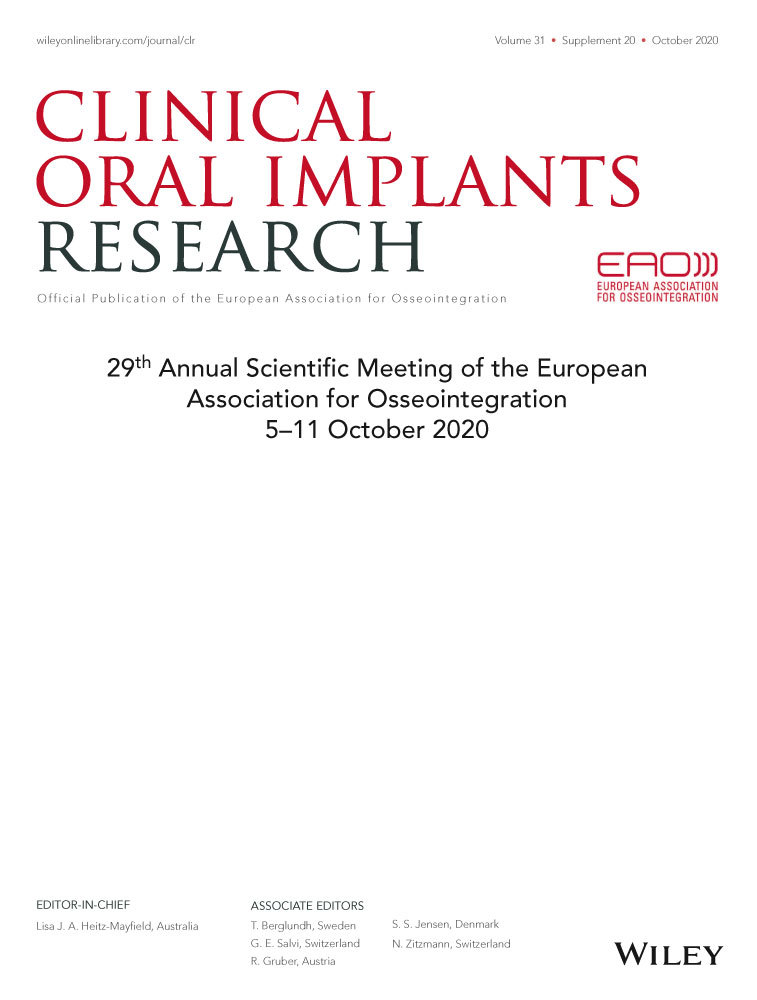Clinical assessment of plaque accumulation capacity of 3D printed temporary screw retained crowns, compared to resin and composite based temporary screw retained crowns on single implants
Q4IVC ePOSTER CLINICAL RESEARCH – PROSTHETICS
Background: Achieving an adequate soft tissue training on the periimplant site, especially on the esthetic area, a long-term temporary crowns are indicated. There are a lot of contemporary materials and techniques, dwelling as good as the in-office available composite or resin based materials for temporalization.
Aim/Hypothesis: The purpose of the study is to compare the plaque accumulation ability of three different materials used for fabrication of long-term, temporary crowns, screw retained on single implants.
Materials and Methods: For the purpose of the study on 16 single gap cases were made a set of three identical temporary crowns using different materials. One was milled from VITA CAD temp, second was printed on Formlabs 2 SLP printer from color resin, and for the fabrication of the third type of crown a silicon jig was made for making a screw retained crown from self-curing resin GC. All the crowns were fixed on standard titanium base abutment with gingival height 1 mm. Each patient was asked to wear each crown for one week and after that the crown was marked on the margin level and removed. The subgingival part of each crown was treated with methylene blue (GC Tri Plaque ID Gel). And assessments were made individually for each patient, in order to be consistent with the individual hygienic habits.
Results: Showed significant plaque accumulation on the subgingival surface for all the patients with clinically made temporary crowns from self-curing resin. The results for the other two groups showed no statistically significant difference in plaque accumulation between milled and printed crowns. And the presence of the plaque on both groups was less than the clinically made crowns.
Conclusions and Clinical Implications: 3D printing of temporary crowns could be a fast and much more cost efficient alternative to milled temporary crowns, which is a preferable material of choice compared to self-curing resins
Keywords: Screw retained crown, 3D printed crown, Temporary crown, Plaque accumulation




